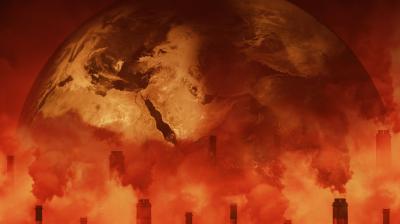
15 November 2023
This Bulletin represents the latest analysis of observations from the WMO GAW Programme.
It shows globally averaged surface mole fractions for carbon dioxide (CO2), methane (CH4) and nitrous oxide (N2O) and compares them with the mole fractions during the previous year and with preindustrial levels. It also provides insights into the change in radiative forcing by long-lived GHGs (LLGHGs) and the contribution of individual gases to this increase.